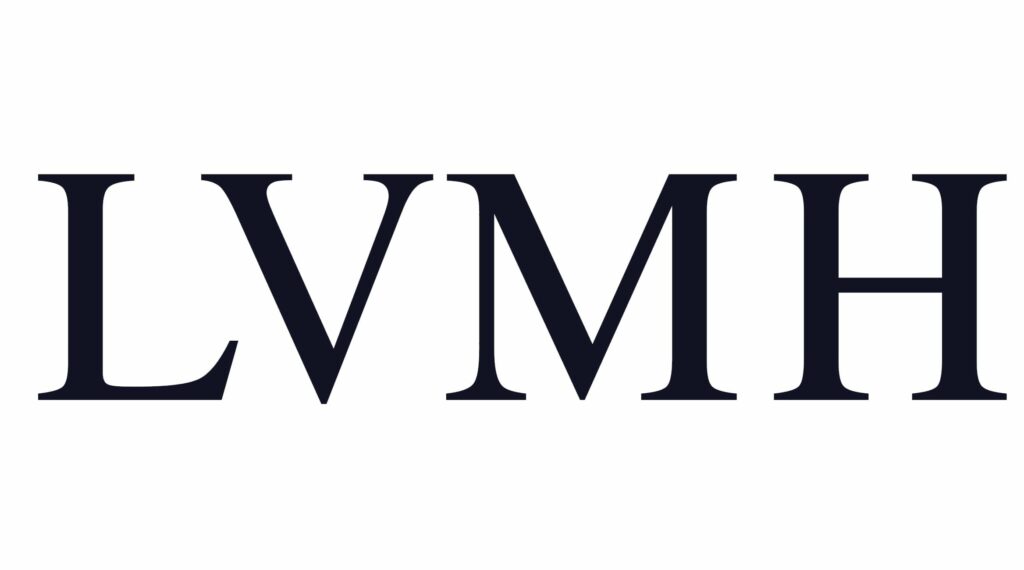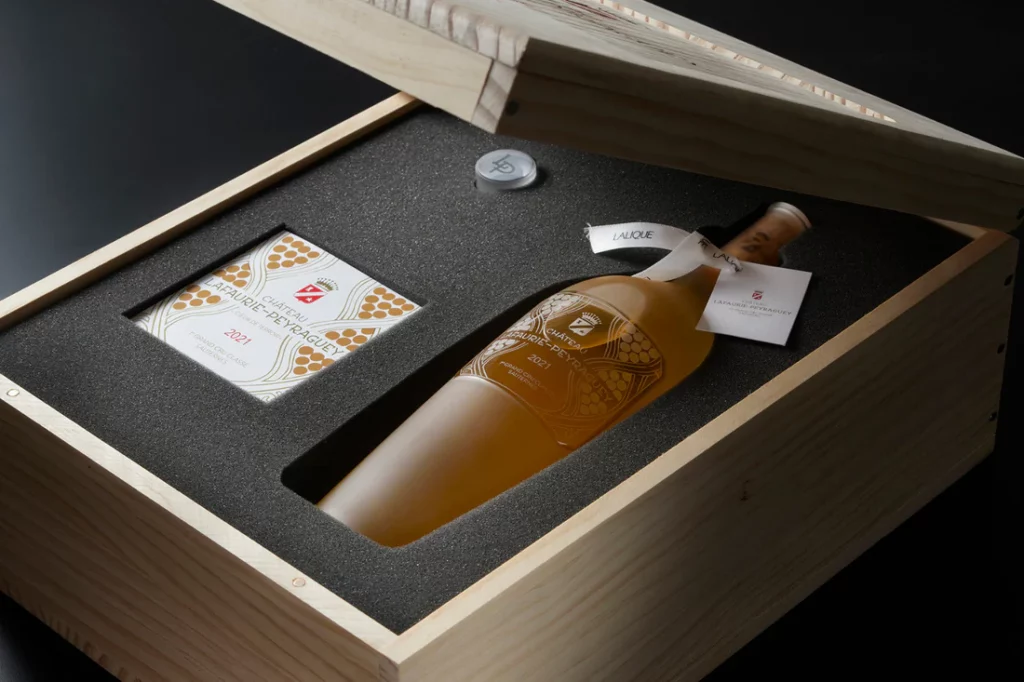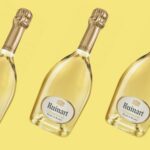In the world of luxury, every detail counts. Aesthetics, refinement, history - everything contributes to creating a strong perception. Luxury wine perfectly embodies these values. It becomes a powerful tool for asserting a premium positioning.
If you're interested in wine-related articles, download our app for IOS or Android. It will give you access to our wine lexicon, our articles and our innovative solution, designed for all wine consumers and collectors.
Wine, a universal symbol of sophistication
Wine evokes culture, rarity and taste. These elements correspond perfectly to the world of luxury. A prestigious bottle expresses elegance without the need for words. Luxury wine conveys a powerful message, often stronger than an advertisement.
The big houses understand this language. They integrate wine into their events, gift sets and campaigns. This subtle association reinforces the brand's image and affirms a well-thought-out brand strategy.
LVMH, a model of integration between wine and luxury

The LVMH group is a perfect illustration of this logic. It owns prestigious estates such as Dom Pérignon, Château d'Yquem, Krug and Cheval Blanc. These names embody the group's premium positioning. They extend the codes of luxury into the world of wine.
LVMH doesn't just sell champagne or wine. It offers an experience, an art of living. Luxury wine has become a pillar of its image. It nurtures the brand's legitimacy in all its universes: fashion, watchmaking, cosmetics and more.
Wine as a vector of emotion and heritage
Wine tells a story. Each cuvée tells the story of a terroir, a vintage, a handed-down know-how. These elements reinforce the discourse of luxury brands, often centered on tradition and transmission.
A luxury wine ages, preserves and increases in value. It symbolizes patience, mastery and timelessness. These qualities fit perfectly into a high-end brand strategy. They inspire trust, respect and admiration.
Premium positioning and limited editions
Brands often use rare vintages to create exclusivity. Some fashion houses launch limited series of wine, dressed by their designers. Loyal customers receive these bottles at private events.
This premium positioning is based on rarity, customization and prestige. Luxury wine becomes a coveted object, reserved for a select few. It reinforces the feeling of belonging to an exclusive circle, specific to the world of luxury.
Artistic collaborations and exceptional packaging

Design plays a key role in the visual impact of a wine. Many luxury brands collaborate with artists to create unique bottles. Examples include labels signed by Jeff Koons or Takashi Murakami.
These creations transform luxury wine into an objet d'art. The bottle is no longer just a container. It becomes collectible. This gesture is part of a global brand strategy: to make every detail an expression of refinement.
The customer experience: tastings and exceptional venues
The big brands are also investing in the experience. They organize private tastings in sumptuous venues. They invite their customers to visit prestigious estates, sometimes closed to the public.
Premium positioning is achieved through these extraordinary moments. Luxury wine becomes the thread of a memory. It creates lasting emotion. It builds loyalty. It transforms a commercial relationship into an emotional and cultural bond.
Wine in advertising campaigns
Some brands subtly integrate wine into their communications. A watch next to a glass of Burgundy. A perfume photographed in front of an old cellar. The message is clear: our product is for lovers of elegance and taste.
Luxury wine acts as a visual symbol. It evokes mastery, harmony and measured pleasure. It reinforces the brand image without overloading. It creates a coherent universe where everything exudes quality.
Promoting local produce and authenticity
In a world dominated by digital technology, a return to reality is becoming precious. Wine embodies this authenticity. It comes from the land, the climate, manual labor. It speaks to those seeking meaning.
Premium positioning is no longer based solely on ostentatious luxury. It is enriched by values: sustainability, origin, traceability. Luxury brands use luxury wine to embody this depth. They show that they respect time, know-how and nature.
Targeting cultivated, passionate customers
Wine attracts a demanding public. They are often aesthetes, connoisseurs and collectors. Luxury brands find a natural audience here. By associating themselves with wineries or wine events, they address this segment directly.
This choice reinforces their brand strategy. It creates a natural affinity with lovers of culture, art and gastronomy. Luxury wine becomes a bridge to these high-powered consumers.
A fast-growing trend
More and more luxury brands are investing in wine. Some are creating their own estates. Others are forging exclusive partnerships. Worldwide demand for luxury wine is growing, particularly in Asia and the United States.
This dynamic reinforces the strategies already in place. Premium positioning is becoming more global, more transversal. Wine is no longer an isolated sector. It's part of a 360-degree vision of luxury.
If you enjoyed this article, please read the following article "Focus on the great Bordeaux appellations: Médoc, Saint-Émilion and Graves"which may also be of interest to you!





